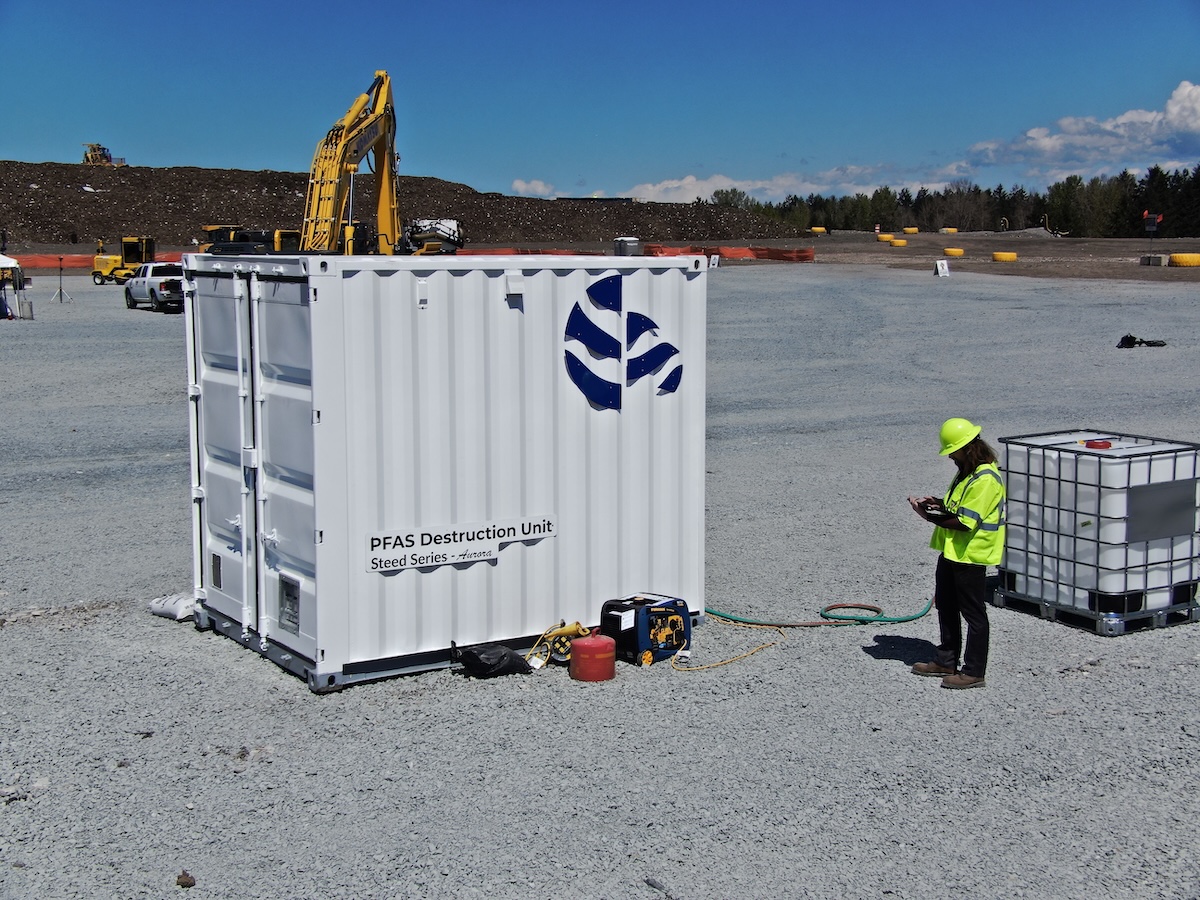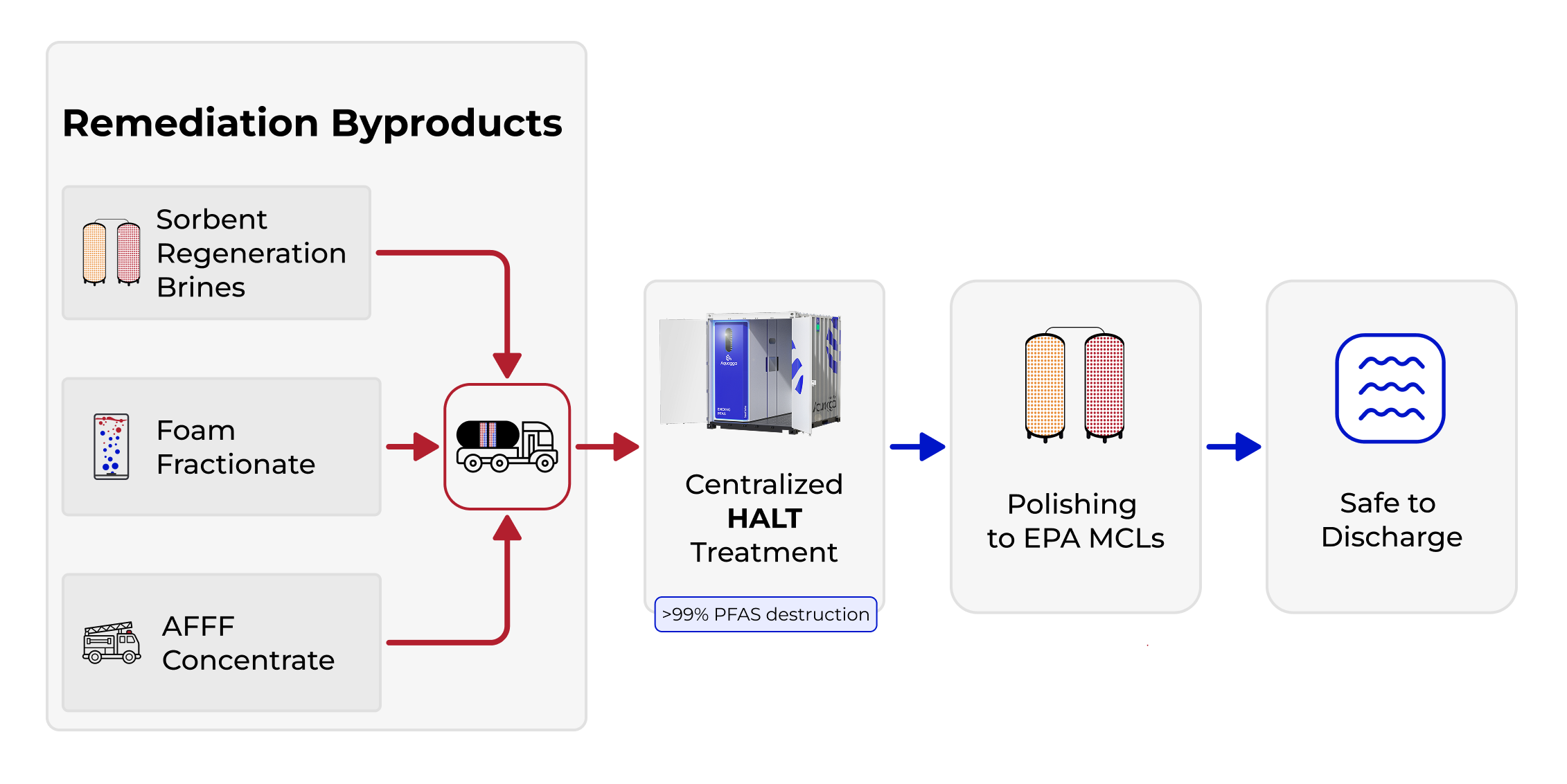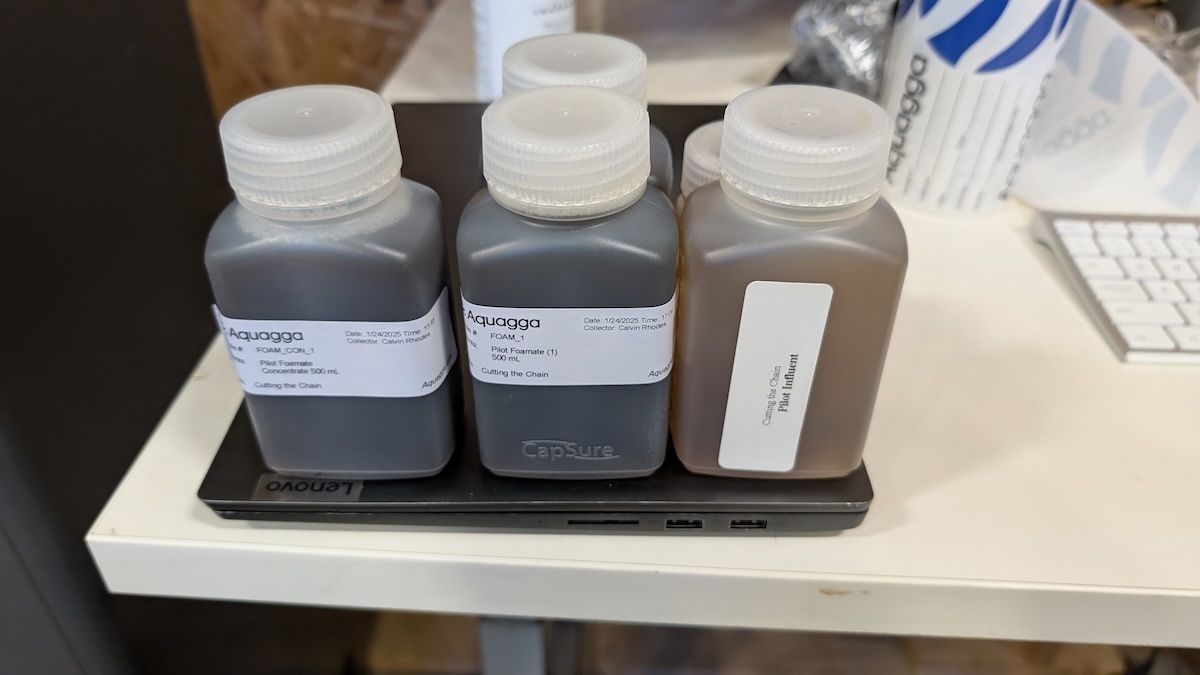

Everyday consumer products such as fast food packaging, personal care items, and nonstick cookware are major sources of PFAS in landfills. Over time, these chemicals leach into the environment through landfill runoff. They can persist for decades, posing serious risks to both human health and surrounding ecosystems.
Globally, there are an estimated 4,700 PFAS compounds in use across industrial, commercial, and consumer products. Once landfilled, PFAS can be released through multiple pathways:
Many landfills contain PFAS precursors, such as fluorotelomer carboxylates (FTCAs), which can transform into persistent, non-biodegradable compounds like PFOA and PFHxA. This transformation occurs naturally or during conventional wastewater treatment. As a result, traditional treatment processes may unintentionally increase PFAS levels by converting precursors into more toxic and persistent forms. Landfills are not just endpoints for these compounds, they are active sources of environmental release.
Landfills are also uniquely positioned to help customers safely dispose of stockpiled hazardous materials, especially legacy firefighting foam (AFFF). Millions of gallons of this PFAS-laden foam are stored nationwide as fire departments, airports, and industrial sites rush to decommission it.
Current disposal options for AFFF are limited, expensive, and backlogged. Incineration and deep well injection are falling out of favor due to increasing regulations, environmental concerns, costs, and legal risks. As a result, AFFF is often transported long distances or left in holding tanks without a clear disposal path. By adopting on-site PFAS destruction technologies like HALT, landfills can offer a valuable and profitable new service. This approach transforms customer stockpiles of AFFF and other PFAS-laden liquids into a revenue-generating opportunity.

As PFAS regulations tighten, landfills have a distinct opportunity to lead by adopting technologies designed to eliminate PFAS. A recent update to the Department of Defense’s 2023 Interim Guidance on PFAS Destruction recognizes HALT as an emerging destruction method under review, signaling a shift from incineration and landfilling. Embracing solutions like HALT positions landfills at the forefront of PFAS waste management.
HALT technology is paired with a concentration step, such as foam fractionation, to isolate PFAS from leachate. This significantly reduces the volume requiring final treatment, lowering costs while ensuring the destruction of PFAS.

